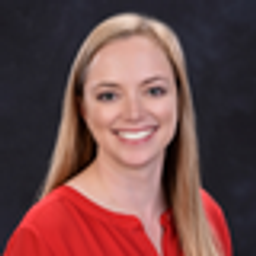How NASA scientists brought real time microbial profiling to the International Space Station
For the past two decades, microbial monitoring on the International Space Station (ISS) has relied on culture-dependent methods that require a return to Earth for analysis. However, this can create a bias towards the detection of culturable organisms and the inherent delay between sample collection and ground-based analysis.
With the rise of easy-to-use molecular-based tools in recent years, NASA scientists, Sarah Stahl-Rommel and Dr. Sarah L. Castro-Wallace, identified a means to address this bias. Together, they began developing, validating, and implementing a simplified swab-to-sequencer method of real-time microbial monitoring that could be performed onboard the ISS.
In this SelectScience® webinar, we speak with spaceflight microbiologist Sarah Stahl-Rommel to hear more about NASA’s journey from initial development to implementation, how their method has been streamlined to be completed by a non-trained crew member in an extreme environment, and how they are using customized reagents to enable environmental and human health diagnostics in real-time as future missions take them beyond low-Earth orbit.
Key learning objectives
- Explore routes to analyzing microbial samples from extreme low-biomass environments with limited resources and stringent controls
- Discover the benefits of switching from culture-based detection methods to molecular-based methods
- Gain insight into designing assays with high ease-of-use for non-trained end users
- Learn the benefits of partnering with the right suppliers during method development
Who should attend?
- Biotechnology companies, assay developers and designers, scientists looking to develop easy-to-use molecular-based tools for use in the field, and other scientists working within the microbial detection and identification space
Certificate of attendance
All webinar participants can request a certificate of attendance, including a learning outcomes summary, for continuing education purposes.
Speakers


